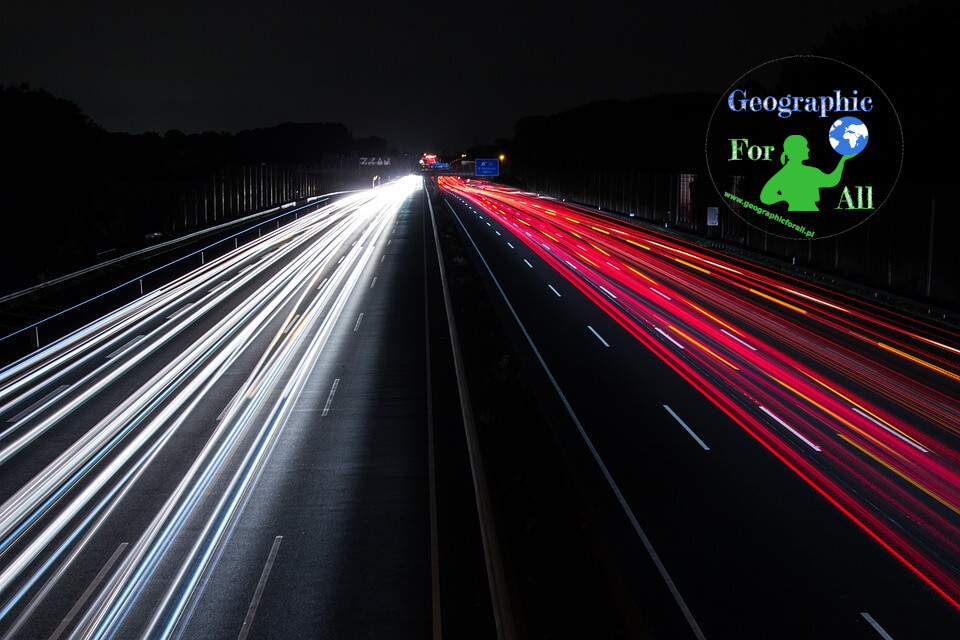Everyone can say more or less precisely what communication is. And depending on the dictionary, the definitions will differ.
For the purposes of studying for the final exams, I accepted the following one:
Communication is the movement of people, loads and information by various means of transport and means of communication.
It is immediately evident that communication consists of transport (road, rail, air, sea, pipeline, etc.) and interconnect (mail, telephone, internet, etc.). Communication components are complementary (e.g. aviation and post office development, rail development and road development) and substitution (e.g. no internet <-> development of road transport; poor roads <-> development of mobile telephony). All points (e.g. depots) and communication lines should form a coordinated whole.

What affects communication?
Contrary to appearances, communication depends just as much on nature as it does on people. Here are some factors that influence the development of communication:
- landform
- tunnels through the mountains
- the need to build viaducts
- land levelling
- longer roads in more rolling terrain
- problems with telephone range in the mountains
- geological structure
- additional expenses for soil stabilization in permafrost areas, sands
- other technology required in seismic areas
- climate
- high temperature amplitudes determine the size of expansion joints (taking into account the thermal expansion of materials, especially metals)
- hydrology
- the need to build bridges
- tide height
Communication needs
Different countries or communities have different communication needs, which is related to their civilization development. Less developed or pre-industrial countries have a low transport network ratio and virtually no interconnect. Countries entering the industrial period are very much developing the transport network and, to a small extent, interconnect. When selling raw materials and industrial products, they mostly use road and rail transport. Highly developed and post-industrial countries focus on interconnect, using the transport network to a lesser extent, because a lot of services do not require moving people and cargo.
Much depends on the population, the wealth of the society, and thus its mobility, the distance from production points and outlets.


0 Comments for “Communication”